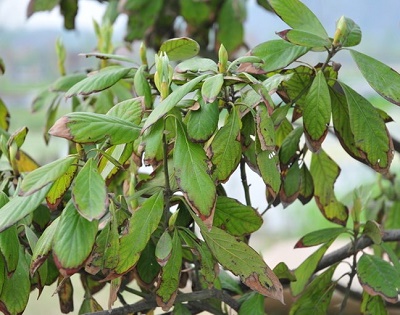Order: Laurales
Family: Lauraceae
General Overview: Phoebe bournei, commonly known as Nanmu, is an endemic species to China and is classified as a nationally endangered and rare species.
Morphological Features: Belonging to the Lauraceae family, the evergreen tree of the Phoebe genus can grow up to 20 meters in height with a trunk diameter reaching 2.5 meters. Characterized by a straight trunk, dense crown, and peeling pale yellow bark, the species exhibits small branches covered with soft hairs or nearly hairless, with winter buds coated in gray-brown soft hairs. Its leathery leaves are lanceolate or inverted lanceolate in shape, while the conical flower clusters emerge from the lower leaf axils of new branches, densely covered in hairs. The elliptical or oblong fruits appear during October to November, following the flowering season in April.
Biological Characteristics: The wood of Phoebe bournei is renowned for its aromatic and durable qualities. With a pale yellow hue and a distinctive fragrance, the wood boasts dense and resilient characteristics, rendering it resistant to warping and cracking. Known for its ease of processing, the wood yields a smooth surface finish, showcasing an attractive grain pattern. It has been widely utilized in high-quality construction and furniture, finding a place in ancient structures such as the Nanmu pillars in the Thirteen Ming Tombs near Beijing, which have endured without decay over the years due to their straight and dry nature.

